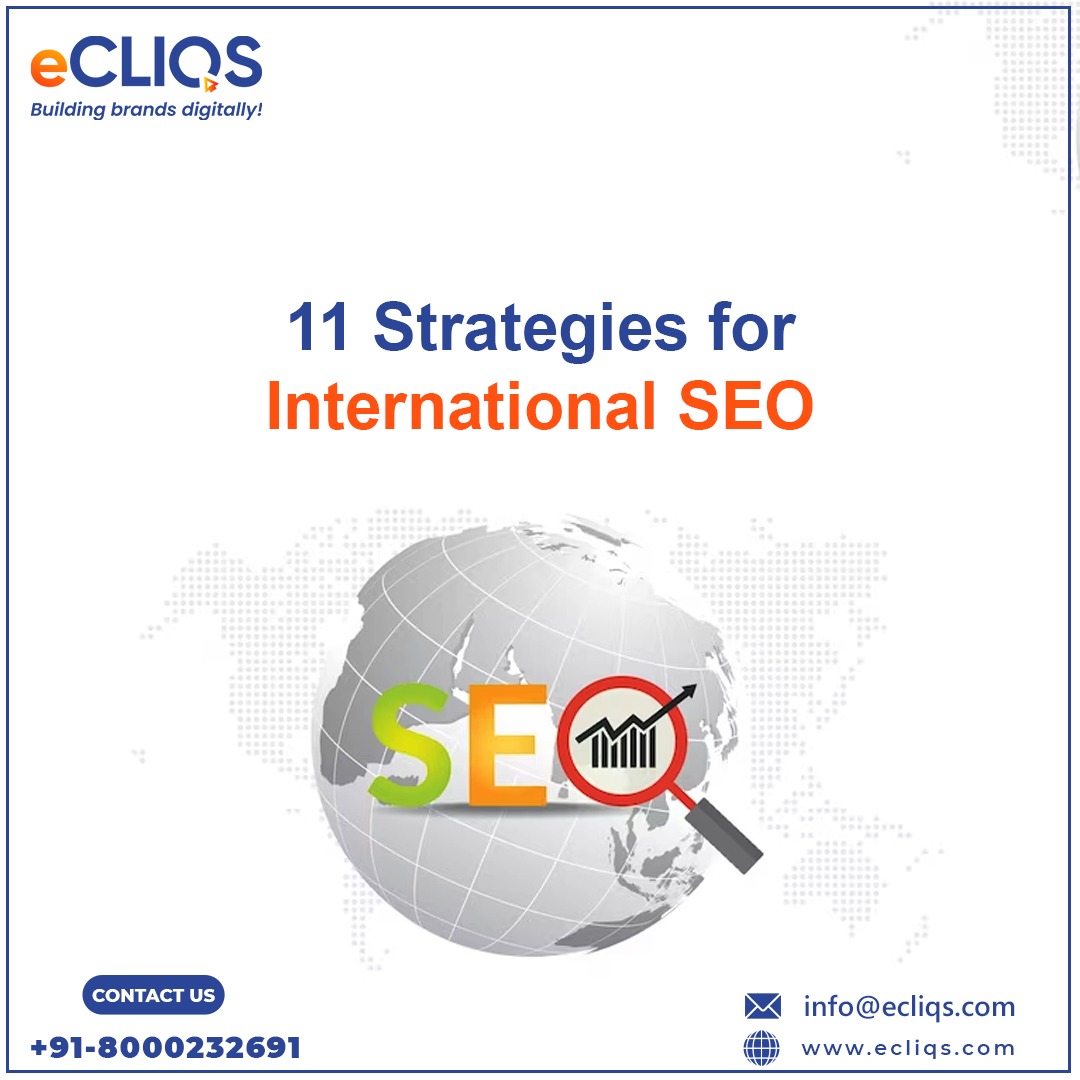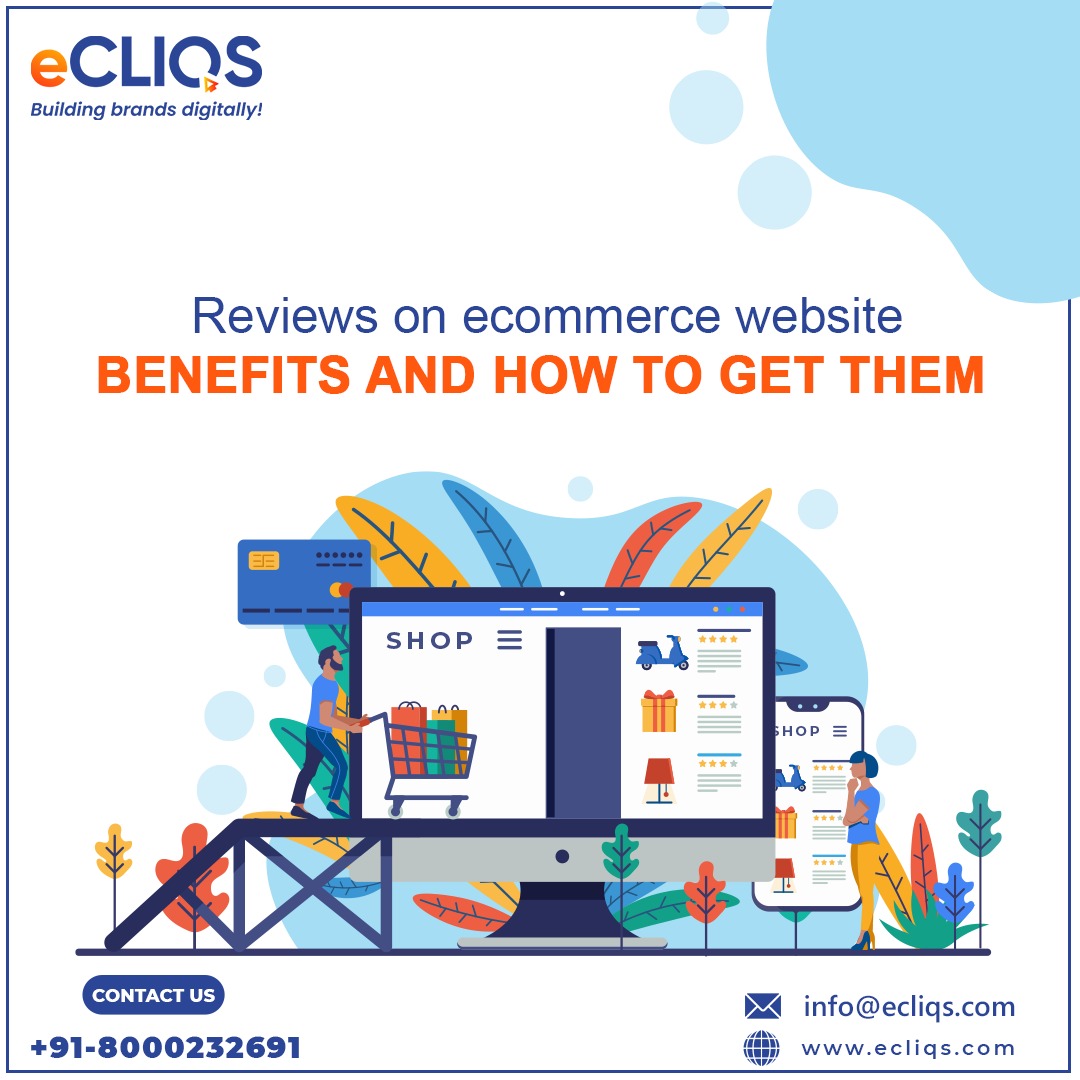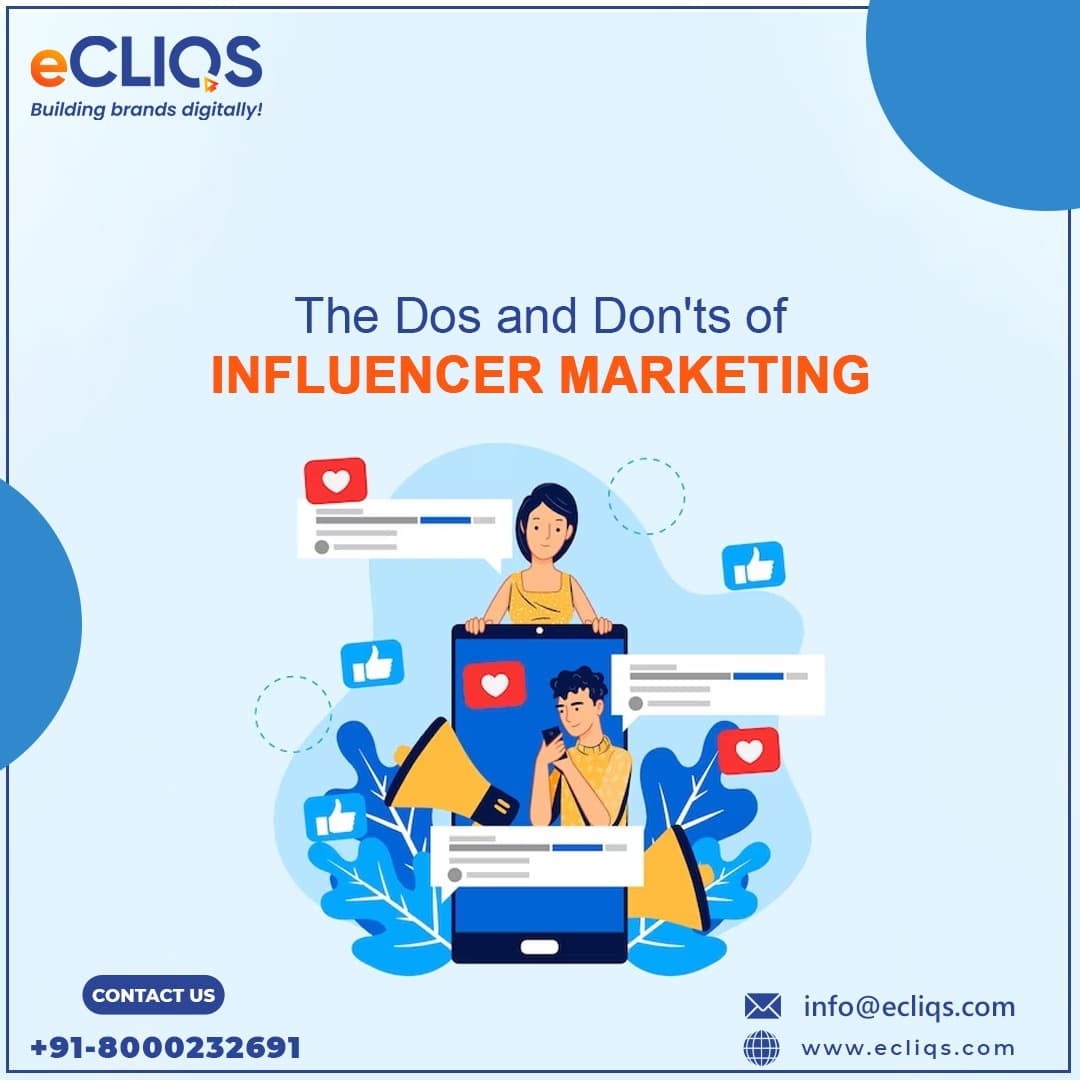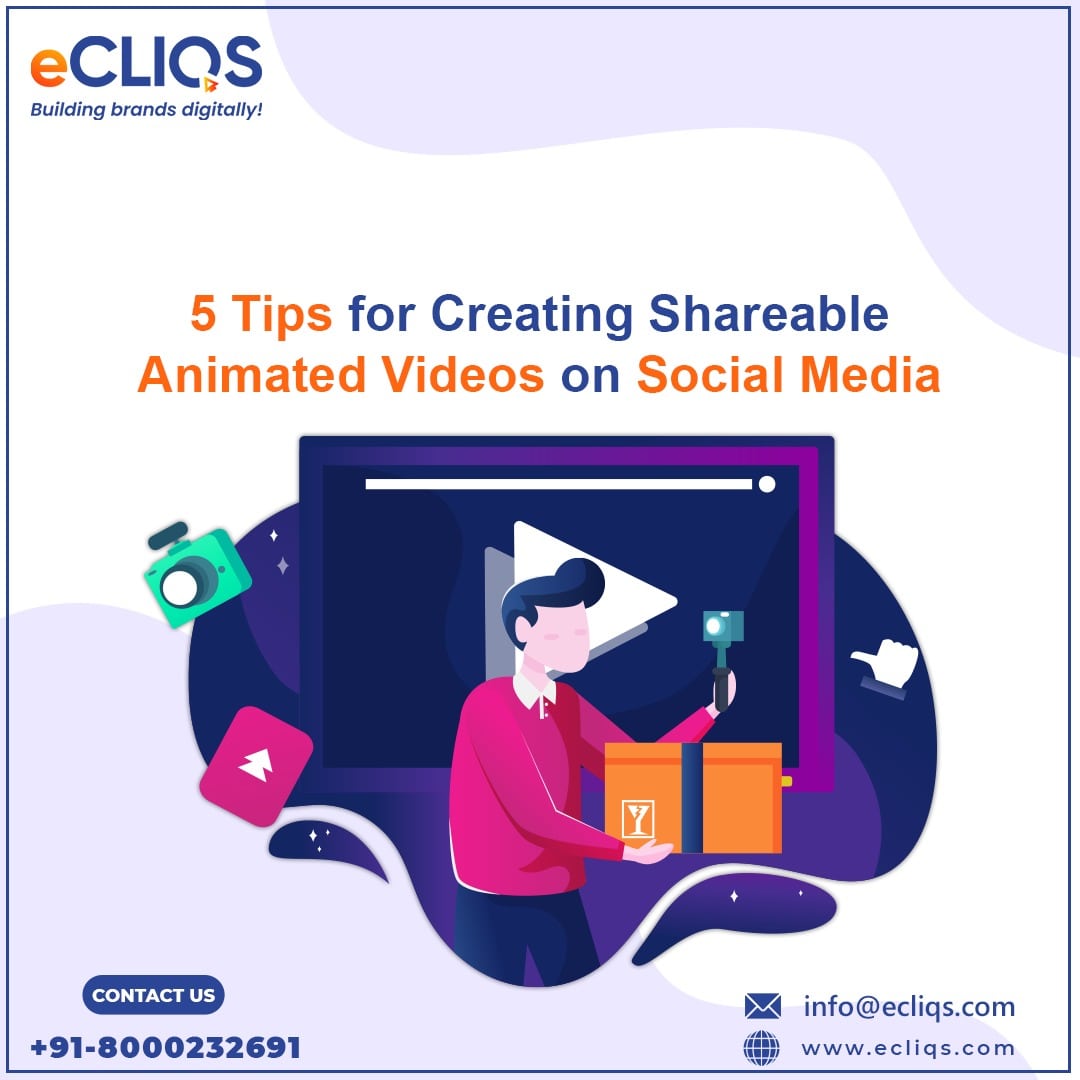11 Strategies for International SEO
Assume you’ve built an outstanding website. However, while it is successful in your local market, it has received little to no attention on a global basis.
Acquiring international fame is critical in today’s interconnected globe. It aids in reaching a wide number of potential audiences and broadening the boundaries of your brand.
What is International SEO?
Website and its content plays a crucial role in the optimization of search engines like Google, Yahoo through a technique known as Search Engine Optimization.
The goal of International Search Engine Optimization is to increase the website’s traffic from a variety of geographic locations.
International SEO allows people from different countries to quickly find your website hence enhancing your audience base.
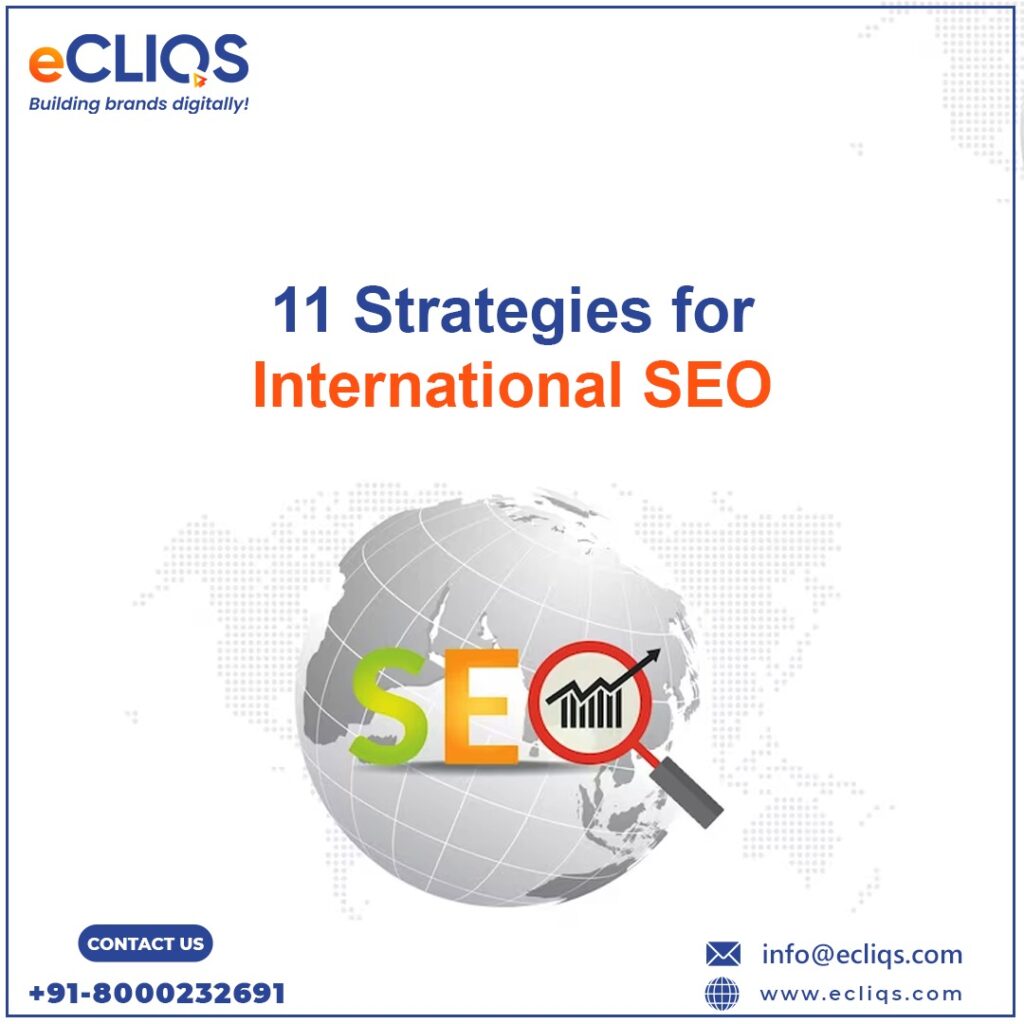
Why is it significant?
There are various languages and ways to search throughout the world. What is popular in one location may not be so in another.
What is the major task?
Beating other international websites. Everyone aspires to be the best.
Wonderful news! This post will show you how to be the greatest no matter where you are looking.
Below are the effective International SEO strategies for Global Success
- Know your Market: Many of you will already know which markets you want to target. Non-SEO considerations, such as the capacity to operate in specific markets, are frequently used to determine this. Regardless, it is important to identify which markets have the greatest potential for your company.
- Understand technical requirements: Before you get too involved in deep keyword research, you should lay out your technological approach. Having the proper technological underpinnings is critical for any foreign SEO campaign.
Each market requires dedicated URLs. To properly target several markets, each landing page requires a different version of information hosted on dedicated URLs for each language. For a more concentrated approach, country-specific versions of the page are also advised. Each landing page requires a different version of information hosted on dedicated URLs for each language in order to adequately target numerous markets. Country-specific versions of the page are also recommended for a more focused approach. - Localize copy and optimization of each landing page: At this level, it is critical to involve a native expert. You might be able to save some money by conducting your own keyword research. There are no tricks to keep up your sleeve when it comes to developing content. This is crucial not only for the user experience, but also for Google. It is Google’s responsibility to serve users with pages that provide the best experience possible. As a result, Google will prefer to serve information that is relevant to both the user’s country and language.
- Get your internal linking correct: Internally linking to the wrong version is one of the most typical blunders made while distributing information worldwide. This may not only result in your users landing on the incorrect version, but it may also send contradicting signals to Google.
- Geo-Targeting and Localized Content Creation:
Geo-targeting and localized content creation entail focusing on specific geographic locations and adapting your material to those locations’ culture, language, and habits. It is a critical strategy for companies seeking international success. - Multilingual keyword research and optimization:
The goal of multilingual keyword research and optimisation is to tap into the distinct language and rhythm of various audiences.
It’s like cracking a hidden code, allowing you to speak directly to individuals from all over the world in their own search words.
To achieve worldwide success, your website must speak the same “search language” as your target audience.
- Cultural sensitivity and user experience enhancement:
Cultural sensitivity in SEO is like a friendly handshake in a foreign country. It shows that you respect and understand the unique characteristics of each location and its inhabitants.
By combining this knowledge with user experience optimization, you’re not simply reaching out—you’re welcoming audiences in with open arms, making them feel at ease while exploring your digital world.
- International link building and outreach:
In the digital age, international connection construction and outreach are analogous to building bridges across continents.
It is the skill of making connections, building relationships, and gaining trust from websites and audiences all over the world.
When done correctly, it increases your global footprint and strengthens your image in foreign markets.
- Managing hreflang tags and country specific domains:
Consider erecting signposts in a gigantic digital metropolis to direct people from all over the world to the appropriate locations in their native language.
This is the essence of hreflang tags and country-specific domain management. It ensures that Spanish users are not lost on an English page, and vice versa.
It’s all about creating a welcoming environment for all visitors.
- Mobile optimization for global audience:
Mobile optimisation entails ensuring that your website runs flawlessly on mobile devices for users worldwide. With more people browsing on mobile devices, particularly in emerging nations, this tactic has become critical for worldwide SEO. - Region specific technical SEO adjustments:
Technical SEO modifications for different geographical regions entail altering various technical features of your website to adapt specifically to distinct geographical locations.
You can increase your website’s performance, relevance, and search exposure in specific locations by concentrating on the distinct needs and preferences of those consumers.
Conclusion:
As we approach 2024, the digital landscape continues to evolve, with International SEO becoming a pivotal focus. Businesses with global aspirations must now more than ever, prioritize adapting their online presence to cater to diverse audiences.
Understanding cultural nuances, selecting the right tools, and addressing the frequent challenges of international search optimization are all critical elements. This blend of technical precision and content localization is key to effectively engaging with audiences across varied regions.
In today’s busy life, if you think catching up on all the latest trends in international SEO is too much of a hassle for you, sit back and relax.
Let eCliqs take the front wheel while you sip your coffee in silence and see your brand recognized internationally!
Book a consultation with us today!
References:
- https://www.linkedin.com/pulse/navigating-international-seo-2024-strategies-trends-global-ekechukwu-segsf/
- https://botpresso.com/international-seo-guide/
- https://thatware.co/seo-trends-2024/
- https://www.jeffbullas.com/seo-strategies/
- https://www.techasoft.com/post/the-top-seo-trends-in-2024-a-comprehensive-guide
- https://moz.com/learn/seo/international-seo
Reviews on ecommerce website: Benefits and How To Get Them
When you make an online purchase, what is the first thing you do? In an ecommerce world where customers cannot physically experience the products before purchasing, many customers turn their heads to the reviews section to get a rough idea about the product.
As online review sites have expanded, finding an opinion on just about anything is only a few clicks away! The proliferation of reviews has even gone so far as to shape how businesses are perceived online.
Studies show that an average customer is willing to spend 31% more on a retailer who has excellent reviews.
Negative reviews carry as much weight as the positive ones. It is possible that 2 people in 10 might have some complaints about the product. Some studies show that users spend five times longer on site when interacting with negative reviews.
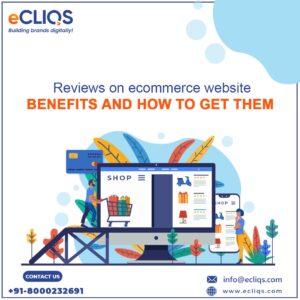
Customers like to see lots of reviews. A single review with a few positive words makes up an opinion, but a few dozen that say the same thing make a consensus. The more reviews, the better.
Benefits of Ecommerce Website Reviews:
Here are some of the many benefits of reviews posted on your website
- Drive Sales: Social proof refers to the psychological phenomenon in which people make judgments and decisions based on the collective actions of others. In this case, reading positive reviews from other people who made similar purchases drives confidence that buying a well-reviewed item is a good choice. In essence, people want proof from other consumers that a product or service is worthwhile, not just biased advertising from brands. Reviews are trusted 12 times more than other marketing materials, demonstrating that social proof is a powerful force.
- Build Trust: While handling a product is the best way to gauge quality, reviews can be the next best thing for businesses that exist solely in the ecommerce space. Reading dozens of reviews that indicate good quality and services create an online reputation that customers can trust. In fact, customers are 63% more likely to trust and buy from a company with reviews.
- Contributes to SEO results: Building an SEO-friendly web presence can take a lot of time and energy. Fortunately, customer reviews can further your mission without you lifting a finger. Most customers use keywords, like the name of the products, in their reviews, adding more content on the internet associated with you. That can benefit you twofold: your name is more likely to appear when web users search keywords related to your store, and they’re most likely to see your positive reviews.
- Aid customer decision making: When purchasing online, the customer decision-making process becomes a lot more complicated. As such, most shoppers put a lot more time and energy into evaluating products, reading reviews, and comparing items with one another before pulling the trigger.
Reviews are key to the decision-making process, helping customers to get a better idea about the product, including material, size, and shape.
How to get more reviews ?
Ecommerce customer reviews have become such a crucial part of the DTC ecommerce process that marketers should gather as many as they can.
Other than relying on customers, how can brands increase the number of reviews?
The answer is straightforward: simply ask.
In fact, 70% of those asked will submit a review. Simply asking for feedback, whether on a checkout page, as a pop-up after making a purchase, or as an email or text request following confirmation of product delivery, may make a tremendous difference.
One innovative technique to get more reviews is to create a review template that users may customize and publish under their own names. Review templates simplify the process of leaving reviews.
One more effective way of getting reviews is that brands can offer additional discounts to people who leave a review! In this way, brands get a review and customers get additional discounts! Win win for all!
Conclusion:
Customer reviews and feedback are just one part of the DTC ecommerce and post-purchase experience. e-Cliqs can help guide your brand through every aspect of successful ecommerce. We facilitate a faster, safer and smarter entry into Indian as well as global markets for businesses of all sizes through a powerful combination of technology and DTC ecommerce know-how. Contact e-Cliqs today to learn how your brand can partner with a true end-to-end DTC ecommerce.
The Dos and Don’ts of Influencer Marketing
Digital marketing has evolved into a crucial tool for firms seeking to reach their target audience and raise brand awareness. As a prominent digital marketing company in Jaipur, we realize how important it is to have a strong online presence in order to stay ahead of the competition. Influencer marketing on social media is one of the most efficient ways to accomplish this.
To gain the best outcomes from influencer marketing, it is critical to approach it with the proper plan. Here are some guidelines for brands to follow while engaging in influencer marketing:

Dos:
- Set clear Campaign Objectives: Define clear and attainable objectives before embarking on an influencer marketing campaign. Having well-defined goals will guide your influencer selection and content approach, whether it’s to increase brand awareness, generate sales, or reach a new target market.
- Research and analyze the influencers thoroughly: It is critical to find the ideal influencers for your brand. Conduct extensive study to ensure that their values coincide with the objective of your brand. Examine their demographics, engagement rates, and previous collaborations to see if they are a good fit for your campaign.
- Establish authentic partnerships: Influencer marketing is most effective when influencers truly believe in your brand. Allow influencers the creative freedom to create content that resonates with their audience while effortlessly blending your brand’s objective to foster true collaborations.
- Create diverse content: Encourage influencers to develop diverse and engaging content that is consistent with their personal style and the image of your company. To present a comprehensive image of your brand, blend Instagram posts, stories, videos, and blog content.
- Measure and Analyze performance: Use relevant metrics such as reach, engagement, and conversions to track the performance of your influencer marketing programmes. Data analysis can assist you in understanding the performance of your campaigns and identifying areas for improvement in future cooperation.
Don’ts:
- Rely solely on follower count: While an influencer’s quantity of followers is important, it is not the only element to consider. A large number of followers does not automatically imply a highly engaged audience. Look for influencers who have genuine connections and engage with their followers.
- Overlook FTC guidelines: In influencer marketing, adherence to Federal Trade Commission (FTC) requirements is critical. To minimize potential legal difficulties and maintain transparency with their audience, ensure that influencers openly declare their affiliations with your brand.
- Engage in one time collaboration: Long-term relationships with influencers can produce more substantial results than one-time collaborations. Building long-term relationships helps influencers to become genuine brand advocates, resulting in enhanced loyalty and authenticity.
- Overlook micro influencers: While macro-influencers have a broader audience, micro-influencers frequently have a highly engaged and niche audience. Consider collaborating with micro-influencers, who can provide higher levels of engagement and authenticity.
Conclusion:
When done strategically, influencer marketing can be a game changer for brands. Brands can design effective campaigns that resonate with their audience and achieve real results by adhering to the dos and avoiding the don’ts of influencer marketing. Remember that the keys to unlocking the full potential of influencer marketing for your brand are honest partnerships, interesting content, and correct analysis.
10 Ways to Engage Your Existing Website Audience for More Sales on Your E-Commerce Website
Whenever you go to your favorite retail outlet, you are usually greeted by a friendly salesperson who is willing to help you pick the best product based on your requirement. They take into consideration your budget and solve any queries you may have during the process. In the end, you make a purchase and leave the store feeling happy, a satisfying offline customer experience.
Customer experience is the means by which a brand communicates with its customers at every step of the way during the buyer’s journey. As the e-commerce store continues to clutter, e-commerce shops need new ways to make their customers shop from them on an ongoing basis.Conversion rates can be boosted greatly by improving customer experience. In this article, we will look at 7 ways in which you can improve the customer experience for your Ecommerce store.
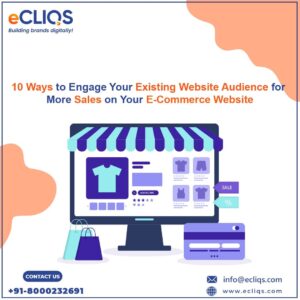
1. Personalized Email Campaigns: Email marketing remains a powerful tool for engaging existing customers. Create personalized email campaigns that cater to your customer’s preferences and purchase history. Send out recommendations, exclusive offers, and tailored product suggestions. A little personal touch goes a long way in retaining and converting customers.
2. Reward Loyalty with Loyalty Programs: Implementing a loyalty program is an excellent way to engage your existing audience. Offer points, discounts, or exclusive perks to customers who keep coming back. It not only improves retention rate but also makes your customer feel valued and important.
3. Interactive Content: Make your website a hub of interactive content. Incorporate quizzes, polls, and surveys to collect customer feedback and data. Engaging content keeps visitors on your site longer, increases their investment in your brand, and can even lead to impulse purchases.
4. Product Recommendations: Leverage AI and data analysis to provide your existing audience with product recommendations. Similar to what they’ve previously purchased or viewed can pique their interest and drive more sales. Display these recommendations prominently on your website and in your emails.
5. Social Media Engagement: Stay active and engaged on your social media platforms. Encourage discussions, share user-generated content, and host giveaways. You have to keep your customers excited about your brand so that they will be more likely to get converted into prospect customers and visit your website more often.
6. Live Chat Support: Offer live chat support on your website to assist customers in real-time. Being readily available to answer questions or provide guidance can alleviate concerns and lead to more confident purchases. It also shows that you care about their shopping experience.
7. User-Generated Content (UGC): Showcase UGC such as customer reviews, testimonials, and photos of your products in action. This not only builds trust but also creates a community of like minded people around your brand. Happy customers can be your best advocates, driving more sales through word-of-mouth marketing.
8. Push Notifications: Push notifications are an immediate and direct way to engage with your website visitors. Here’s how they can help:
- Timely Updates: Send real-time updates on product launches, promotions, and sales to your subscribers. This keeps your audience informed and engaged, driving them back to your website to make purchases.
- Abandoned Cart Recovery: Use push notifications to remind users about their abandoned shopping carts, offering incentives like discounts or free shipping to encourage them to complete the purchase.
- Personalized Recommendations: Send personalized product recommendations based on users’ browsing and purchase history. This increases the chances of cross-selling and upselling, leading to more sales.
- Flash Sales and Limited-Time Offers: Notify users about limited-time offers and flash sales, creating a sense of urgency and driving impulse purchases.
9. Retargeting: Retargeting: Retargeting involves showing ads to users who have previously visited your website. It’s a highly effective way to re-engage your existing audience. Here’s how it helps:
- Stay Top of Mind: Keep your brand in front of potential customers who have shown interest in your products but haven’t made a purchase. This reminder can lead to return visits and conversions.
- Personalization: Show tailored ads based on users’ past interactions with your website. This personalization can make them feel more valued and understood, increasing the likelihood of conversion.
10. Marketing Automation: Marketing automation allows you to create personalized and timely interactions with your audience. Here’s how it contributes to engagement and sales:
- Drip Email Campaigns: Set up automated email sequences that nurture leads and guide them through the sales funnel. Provide relevant content and offers to move them closer to conversion.
- Segmentation: Segment your audience based on their behavior, demographics, or purchase history. This enables you to tailor messages and offers to specific groups, increasing the likelihood of conversions.
Conclusion:
The market of e-commerce is constantly evolving according to the customer preferences which you can catch up for better customer engagements. Hope these tips will help you to increase your customer engagement.
5 Tips for Creating Shareable Animated Videos on Social Media
Animated videos have grown in popularity, enthralling audiences with their visually appealing and engaging nature. Creating high-quality animated videos, however, is only the first step. It is critical to successfully promote your animated videos on social media channels in order to acquire the appropriate momentum and visibility.
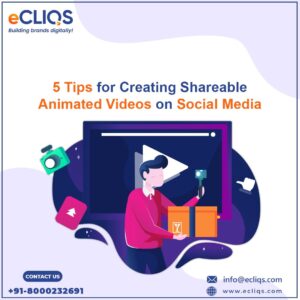
In this comprehensive article, we will look at some of the techniques, tips, and best practices for promoting animated videos on social media and getting the greatest results.
- Understand Your Audience: Before you start creating animated videos, it’s crucial to know your target audience. What appeals to them? What problems are they trying to solve? Tailoring your content to their preferences and needs will make it more shareable. Whether you’re creating content for kids, teens, or adults, understanding your audience is key.
- Keep It Short and Sweet: One of the primary advantages of animated videos is that they can deliver a message quickly. People have short attention spans on social media, so keep your videos concise. Aim for videos that are 15-60 seconds (ideally less than 30 sec) long. This way, viewers are more likely to watch the whole video and share it with their followers.
- Tell a Compelling Story: Great storytelling is at the heart of shareable animated videos. Craft a narrative that resonates with your audience. Whether it’s humor, inspiration, or problem-solving, a compelling story will capture your viewers’ emotions and encourage them to share the video to elicit a similar reaction in their friends and followers.
- High-Quality Animation: The quality of your animation matters. While you don’t need Pixar-level animation, your videos should be visually appealing. Invest in professional animation software or hire a skilled animator if your budget allows. Smooth, eye-catching animation will make your content more shareable.
- Add a Call to Action (CTA): Don’t forget to include a clear call to action in your animated videos. Whether it’s asking viewers to like, share, comment, or visit your website, a CTA encourages engagement and sharing. Make it easy for your audience to take the next step.
Summary
In this article we have discussed the best tips and strategies helpful for you to boost your animated video content on social media and acquire audience engagement like never before.
So, whenever you create an animated video, make sure to understand what your audience wants to see, keep it short yet informative and entertaining. Tell a compelling story to keep your audience hooked till the end and don’t forget to use high quality animation to gain more traction. In the end, add a compelling Call To Action to keep your audience engaged and interactive.

